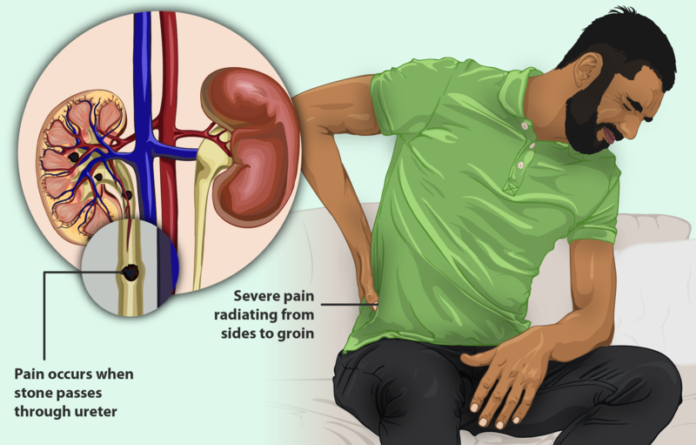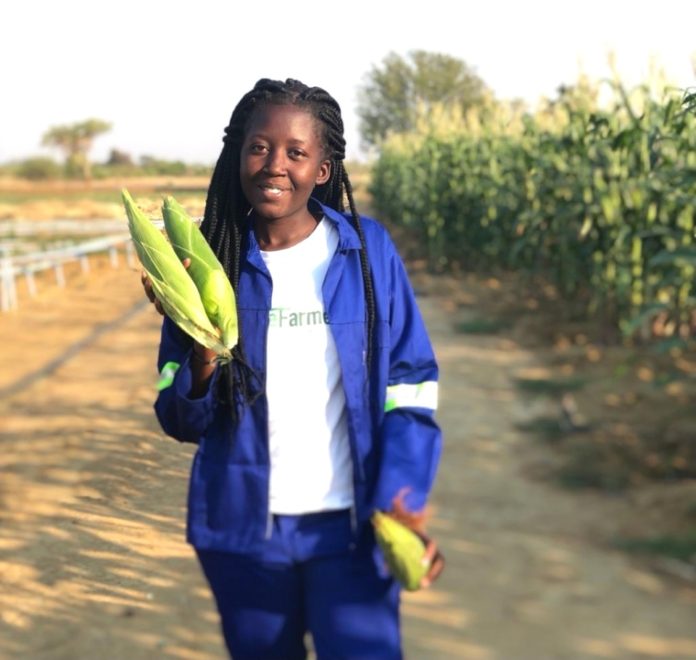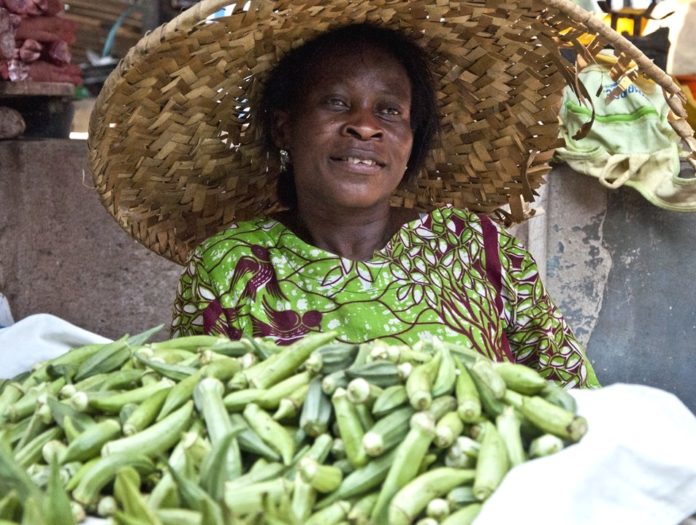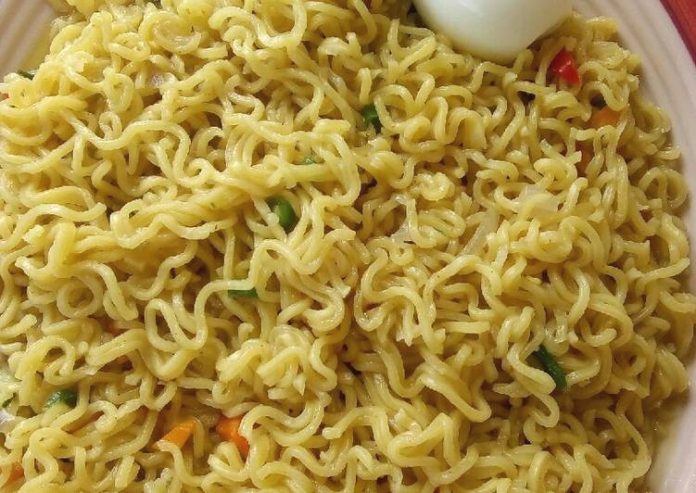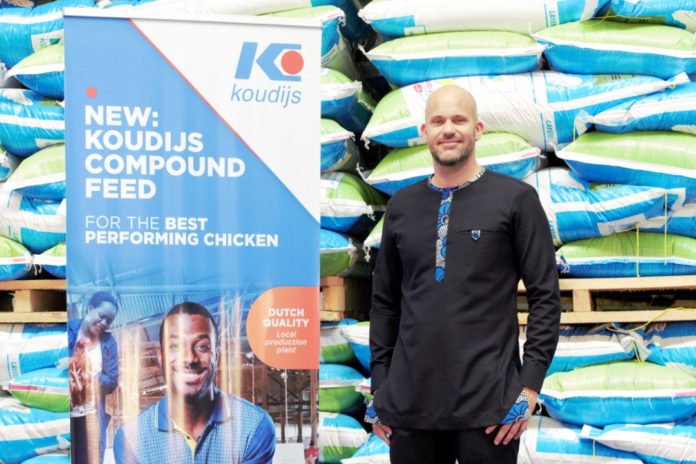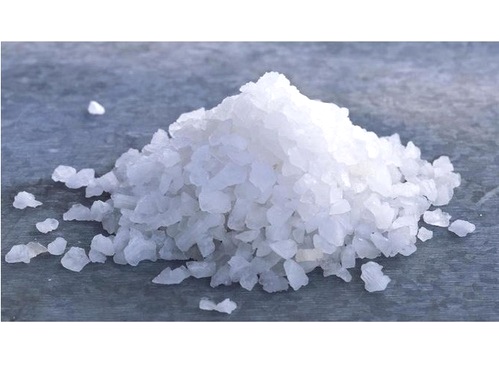The Chiefs, Queen Mothers, and the farmers of Tongu in the Volta Region of Ghana have commended the substantive Minister of Food and Agriculture, Dr. Owusu Afriyie Akoto for his reappointment for another four year term.
At a convocation at the Minister’s office, the Paramount Chief (Fiaga) of Tefle Traditional Area and the President of the Tongu Council of Chiefs, Togbe Nakakpo Dugbaza VIII with a distinct honour congratulated Hon. Minister for working assiduously during his first tenure of office.
Togbe Dugbaza VIII and his subjects praised the government for the introduction of “Planting for Food and Jobs” to transform the Agriculture sector. “The government brought in Planting for Food and Jobs, and agenda which is in the right direction and adored by us and our subjects. We have always been happy with the way you and your government have used Planting for Food and Jobs to transform the agriculture in Ghana”, Togbe said.
To that effect, Tobge mentioned that Volta Region has a vast arable land for the production of food crops like rice, maize, cassava, and vegetables, therefore, there is a lot more to be done in the region.
“We are aware of the agencies like GASSIP, OVCF and GECAP have resources that can support the effort of the government to develop the Rice Valleys and make rice production a lucrative business for the country”, he added.
He used the opportunity and made a request for the revamp of the Aveyime project and also the expansion of the Fiave Rice project to provide enough food and jobs for the people of Tongu area.
Togbe has good faith that with the ability of the Minister and the sector management, the Ministry of Food and Agriculture will see a further huge development of the agricultural sector.
In response, Hon. Owusu Afriyie Akoto congratulated the Chiefs, Queen mothers, and the farmers for their visit to commend him on his reappointment and such an astonishing visit from the Chiefs and Queen mothers for the first time in service.
The Hon. Minister assured the Chiefs, Queen mothers, and their subjects of his assistance to make Volta Region one of the notable food baskets among the sixteen regions to solve food security in the country. He noted that the farmers at the Volta Region in terms of participation in the Planting for Food and Jobs are one of the highest amongst all the sixteen regions in the country.
On an address to some of the pertinent issues at the region, Hon. Minister said a district like Keta is the only district in Ghana which predominantly produces vegetables, and the main challenge farmers face is affordable electricity to irrigate the farms, therefore, the government has to provide the farmers with solar energy to ease the high cost of electricity for their operation.
“The valleys of Volta Region can supply the whole of Ghana with our rice yet they don’t have the implements to take out the stumps so they can mechanize the activities including the planting, sowing of the rice seeds, the harvesting, and the milling of the rice, we are very much aware of these difficulties and the government is determined that in coming 4 years we will assist you any way possible to make sure that we remove these constraints so that farming can prosper in the Volta Region”, Hon. Minister added.
He pledged his support to make sure that they get their fair share of the national cake sooner than later.


